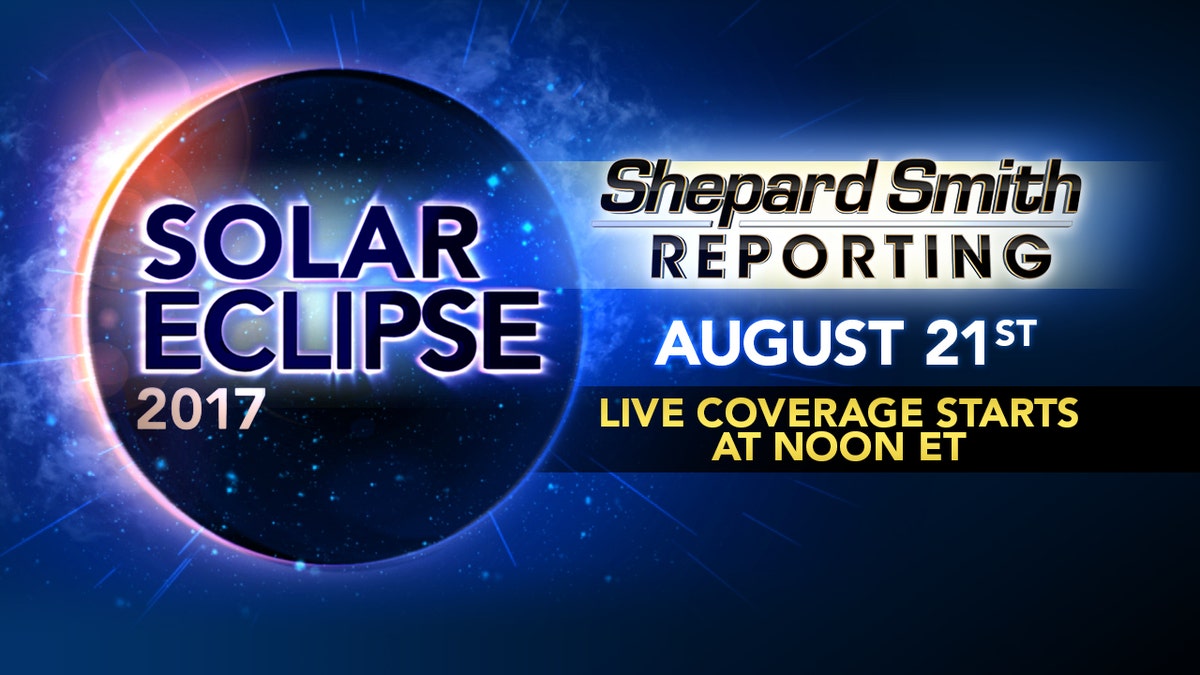Total solar eclipse of 2017: What to know
A total solar eclipse will happen on August 21, 2017. Astrophysicist Neil DeGrasse Tyson explains the rare event and discusses why he’s calling it 'America's eclipse'
On Monday, it’s lights out, if just for a few minutes -- that’s when the moon will block the sun in a total solar eclipse.
NASA says it’s been 38 years since this type of eclipse was visible from the contiguous United States.
Here’s what you should know about eclipses, as well as the circumstances needed for a total solar eclipse to occur.
What happens during a solar eclipse?

Simply put, the moon passes between Earth and the sun, and an eclipse is caused by the moon casting a shadow onto our planet, according to the National Weather Service.
How does a solar eclipse occur?
Solar eclipses occur when there is a new moon. These eclipses don’t happen monthly, however.
The moon’s orbit is elliptical with a tilt of about five degrees to Earth’s orbit of the sun, therefore “sometimes the moon misses too high and sometimes too low to cause a solar eclipse,” NASA says.
‘GREAT AMERICAN ECLIPSE’ OF 2017: WHAT IT IS, WHEN IT’S HAPPENING AND WHY YOU HAVE TO SEE IT
Eclipses, the space agency explains, happen when the moon, the sun and Earth align near what’s called the “line of nodes” – an imaginary line that represents the moon and Earth’s orbital planes intersecting.
How do “total solar eclipses” occur?
Total solar eclipses happen if the sun, Earth, and moon are aligned “perfectly” and based on how far the moon is from Earth, the NWS says.

If the moon, in its elliptical orbit, “is close enough to the earth, it will appear to completely cover the sun,” according to the weather agency. An annular eclipse can happen when the moon is far from the earth.
HOW CAN I SEE THE TOTAL SOLAR ECLIPSE?
What happens during a total solar eclipse?
Get ready for darkness. During a part of the eclipse, called “totality,” the sun is blocked by the moon.
As part of the changes, animals behave differently and the temperature goes down, according to NASA, which calls it as “an eerie feeling.”
However, this feeling won’t last long on Aug. 21 eclipse as totality is expected to last less than three minutes.
Only a 70-mile section of the U.S. falls under a path of totality, but there will be a partial eclipse in other parts of the country.

